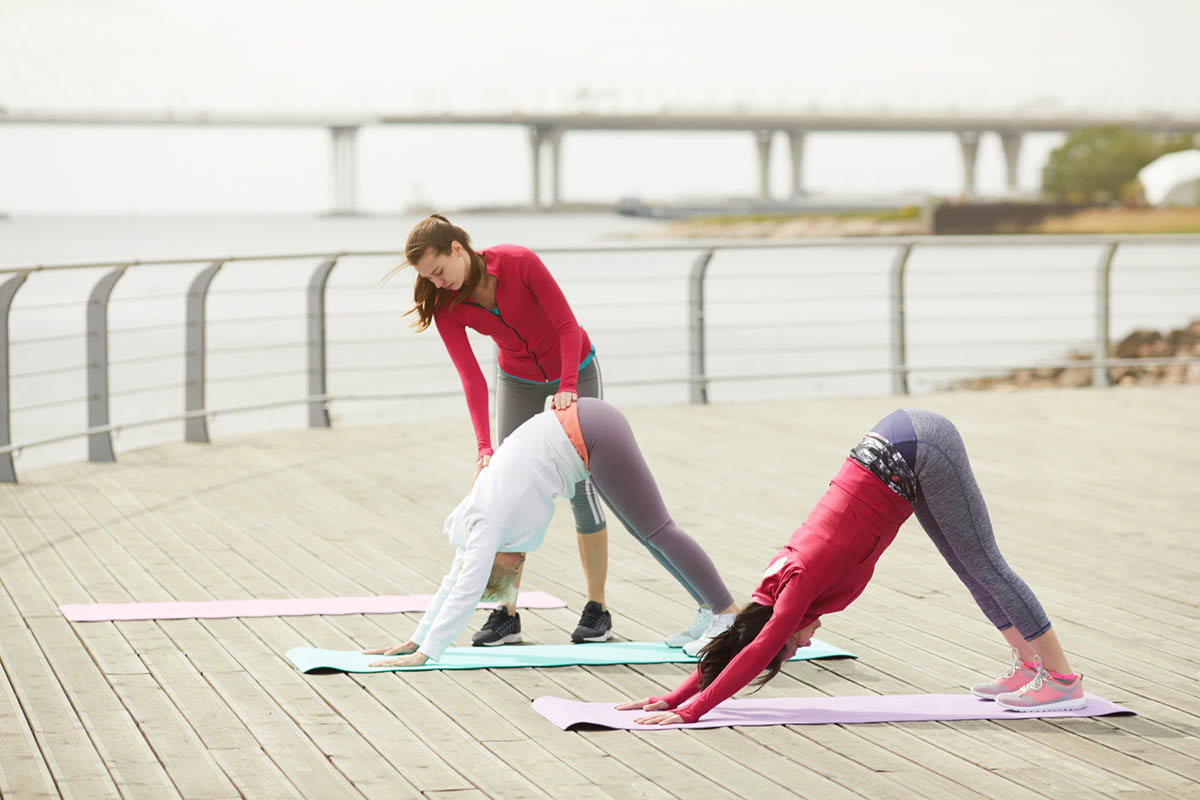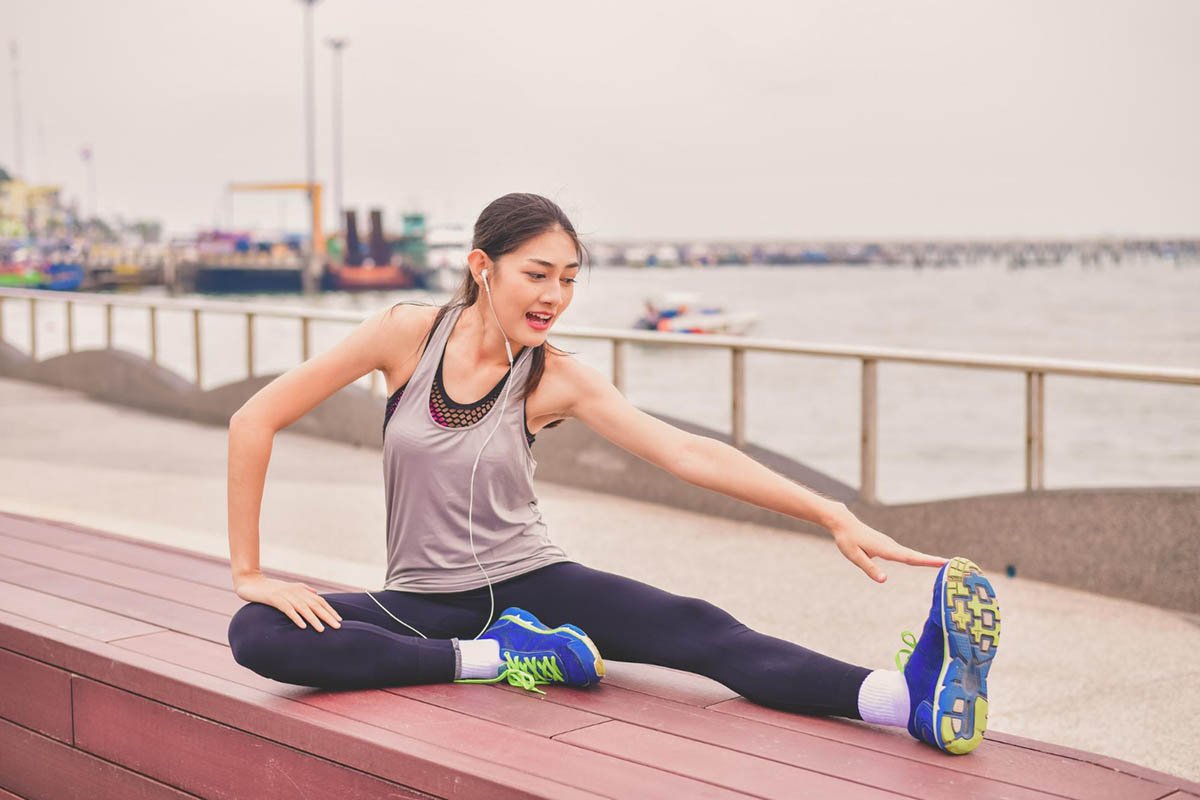Introduction
Stretching is a vital yet often overlooked component of a well-rounded fitness routine. Whether you’re an athlete, a weekend warrior, or someone who spends long hours at a desk, incorporating stretching into your daily routine can significantly enhance your overall health and well-being. At Revival Physical Therapy, with locations in both North Loop, Minneapolis, and Robbinsdale, we understand the critical role that stretching plays in maintaining flexibility, preventing injuries, and improving performance. In this blog, we’ll explore the numerous benefits of stretching and provide best practices to help you make the most out of your stretching routine.
The Benefits of Stretching
1. Improved Flexibility
Flexibility is essential for performing everyday activities with ease and maintaining a full range of motion in the joints. Regular stretching helps lengthen muscles and tendons, which can improve overall flexibility and make physical activities more comfortable.
2. Enhanced Performance
For athletes and active individuals, stretching can improve performance by increasing muscle efficiency and coordination. Stretching before and after exercise can help prepare the muscles for activity and promote quicker recovery.
3. Injury Prevention
One of the most significant benefits of stretching is its role in injury prevention. Stretching helps maintain the elasticity of muscles and tendons, reducing the risk of strains, sprains, and other injuries. It also improves blood flow to the muscles, which can aid in the prevention of injuries.
4. Reduced Muscle Soreness
Stretching after exercise can help reduce muscle soreness by promoting blood circulation and the removal of metabolic waste products. This can lead to faster recovery and less discomfort following intense physical activity.
5. Improved Posture
Poor posture can lead to musculoskeletal imbalances and pain. Stretching helps to address these imbalances by lengthening tight muscles and strengthening weak ones, promoting better alignment and posture.
6. Stress Relief
Stretching can have a relaxing effect on the body and mind. Incorporating stretching into your daily routine can help reduce stress levels, improve mood, and enhance overall well-being.
Best Practices for Stretching
1. Warm Up Before Stretching
It’s essential to warm up your muscles before stretching to prevent injuries. A brief period of light aerobic activity, such as walking or jogging in place, can increase blood flow to the muscles and prepare them for stretching.
2. Focus on Major Muscle Groups
When stretching, focus on the major muscle groups that you use regularly. These include the calves, thighs, hips, lower back, neck, and shoulders. Don’t forget to stretch both sides of your body equally.
3. Hold Stretches for an Adequate Duration
For static stretching, hold each stretch for at least 15-30 seconds. This allows the muscle fibers to relax and lengthen effectively. Avoid bouncing or performing rapid movements while stretching, as this can lead to injury.
4. Stretch Regularly
Consistency is key to reaping the benefits of stretching. Aim to stretch at least 2-3 times per week, although daily stretching is ideal for maintaining flexibility and preventing stiffness.
5. Listen to Your Body
Stretching should not be painful. You should feel a gentle pull or tension in the muscle, but not sharp pain. If you experience pain, ease off the stretch and consult a physical therapist if necessary.
6. Incorporate Different Types of Stretching
- Static Stretching: Holding a stretch in a challenging but comfortable position for a period.
- Dynamic Stretching: Involves moving parts of your body through a full range of motion in a controlled manner.
- Proprioceptive Neuromuscular Facilitation (PNF) Stretching: Combines passive stretching and isometric contractions to increase flexibility.
- Active Stretching: Involves holding a stretch using the strength of the opposing muscle group.
Sample Stretching Routine

- Neck Stretch: Gently tilt your head to one side, bringing your ear towards your shoulder. Hold for 15-30 seconds and repeat on the other side.
- Shoulder Stretch: Bring one arm across your body and hold it with your other arm. Hold for 15-30 seconds and switch sides.
- Chest Stretch: Clasp your hands behind your back and gently lift your arms. Hold for 15-30 seconds.
- Triceps Stretch: Bend one arm behind your head and use the other arm to push the elbow gently. Hold for 15-30 seconds and switch sides.
- Hamstring Stretch: Sit with one leg extended and the other bent. Reach towards the toes of the extended leg. Hold for 15-30 seconds and switch legs.
- Quadriceps Stretch: Stand on one leg and pull your other foot towards your buttocks. Hold for 15-30 seconds and switch legs.
- Calf Stretch: Place your hands against a wall and extend one leg behind you, keeping it straight with the heel on the ground. Hold for 15-30 seconds and switch legs.
FAQ Section
Q: How often should I stretch to see benefits?
Q: Can stretching prevent all types of injuries?
Q: Is it better to stretch before or after exercise?
Q: How do I know if I’m stretching correctly?
Q: Can I stretch if I’m already injured?
A: It depends on the injury. Consult a physical therapist or healthcare provider before stretching if you have an existing injury.
Community Engagement and Support
You can visit us at our North Loop location in Minneapolis at 800 N Washington Ave Suite 5, Minneapolis, MN 55401 or our Robbinsdale location at 4123 W Broadway, Robbinsdale, MN 55422.


